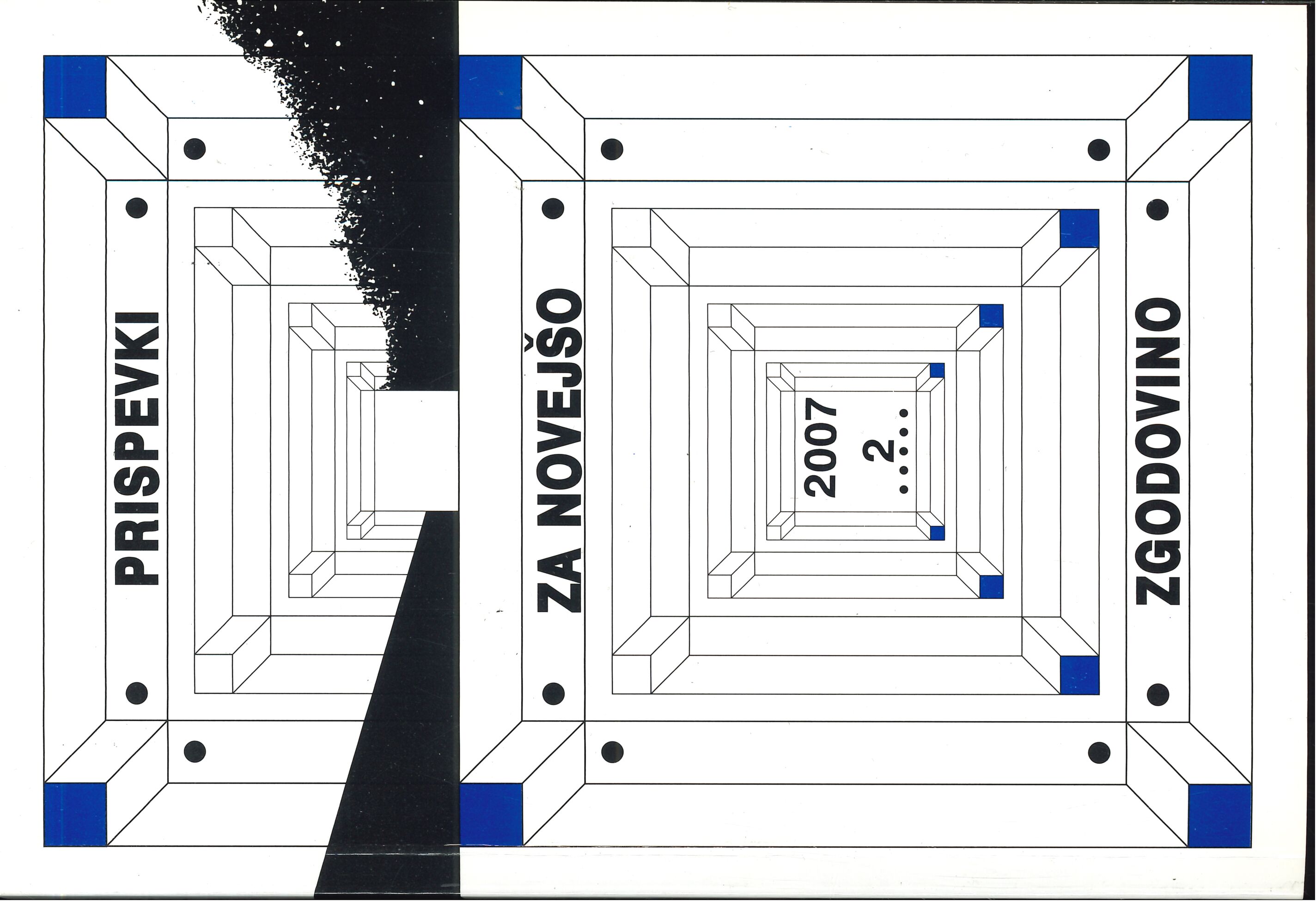USA and the Soča Front
The Interpretation of the New York Times and the London Times
Keywords:
World War I, Treaty of London, Soča Front, Isonzo Front, Kobarid, Italian army, USA, intelligence service, Italian occupation of the Slovenian territoryAbstract
The special correspondents of The Times -London and the New York Times, G. Ward Price and Perceval Gibbon, followed the events at the 121h Soča Front in the end of October 1917, reported on the offensive of the Austrian and German troops at Kobarid and on the utter defeat of the Italian army which followed. Thomas Nelson Page, the American ambassador in Rome, also reported to the US administration in great detail on the events at the Italian battlefield. The analysis of his reports showed that both correspondents reported fully and in a timely fashion about the conditions at the front, but despite that they would periodically fall for false and far too optimistic information they got from the senior Italian general staff officers. The internal reports that Page sent to the administration in Washington were realistic. Both major newspapers would also periodically publish extensive analyses of the military situation, prepared by the unnamed military analysts in London and Washington or New York. These analyses corresponded to the actual situation. Namely, the military analysts also very objectively predicted the progress of the offensive. They were of the opinion that if the Italian army struck through the Karst region before the German-Austrian offensive, they could have invaded the very autre of the monarchy. In this case the Slovenian territory would turn into one big battleground.
Downloads
Published
Issue
Section
License
Authors who publish with this journal agree to the following terms:
- Authors retain copyright and grant the journal right of first publication with the work simultaneously licensed under a Creative Commons Attribution License that allows others to share the work with an acknowledgement of the work's authorship and initial publication in this journal.
- Authors are able to enter into separate, additional contractual arrangements for the non-exclusive distribution of the journal's published version of the work (e.g., post it to an institutional repository or publish it in a book), with an acknowledgement of its initial publication in this journal.
- Authors are permitted and encouraged to post their work online (e.g., in institutional repositories or on their website) prior to and during the submission process, as it can lead to productive exchanges, as well as earlier and greater citation of published work (See The Effect of Open Access).


